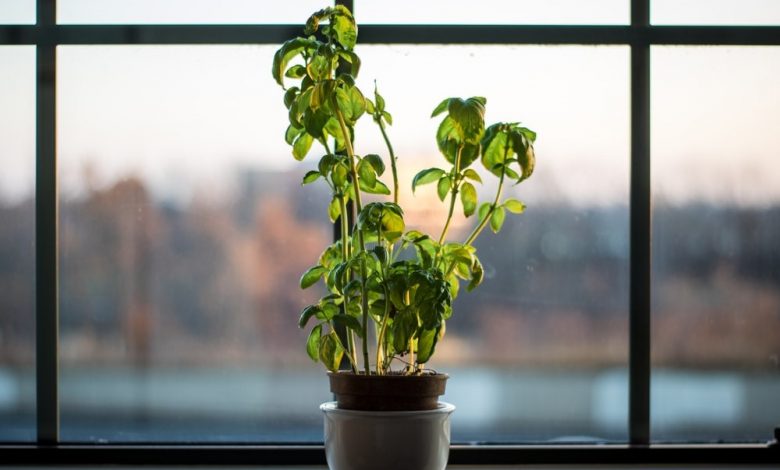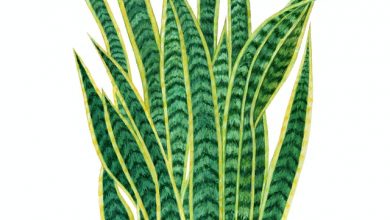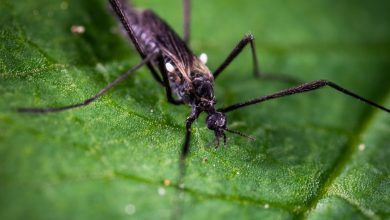Are Self-Watering Pots a Good Investment?

Also known as sub-irrigation containers, self-watering pots have seen increased popularity in recent times. This rise in popularity is due to the pot’s effectiveness and how easy it is to maintain and construct.
The term self-watering is a bit misleading, as these containers do not truly water themselves. What these containers do is supply a continuous source of moisture to plants, thereby allowing for less frequent watering, convenience, and better plant health.
Self-watering pots are commercially available in a host of styles. Alternatively, these pots are simple to make, and you may choose to construct one for yourself using readily available materials. To help answer the question of whether or not they are wise investments, here’s what you need to know about self-watering pots.
How Self-Watering Pots Work
Self-watering containers work in either of two primary methods (wicking pots and wicks), and each method relies on capillary action. Capillary action, capillarity, or wicking is the movement of liquids, through narrow spaces without the aid of and sometimes against gravity. Capillary action is dependent on the forces of cohesion, adhesion, and surface tension.
Cohesion is the attraction between like molecules, such as water molecules. Adhesion is the attraction between unlike molecules, such as glass and water molecules. Surface tension, on the other hand, is dependent on cohesion; it’s what allows a spider (and other insects) to walk on water.
All three forces working in tandem, particularly when adhesion exceeds cohesion, enables plants, even the tallest ones, to draw water from their roots to the topmost leaf of the plant through the xylem tissue.
Self-watering pots imitate real soil conditions; water is continually being drawn up by the capillarity of the roots to replace moisture lost from the leaves. Similarly, capillary action in the potting soil keeps it from drying out even as it loses water to evaporation.
Parts of a Self-Watering Pot
Different manufacturers will have different designs. However, there are four major components of every self-watering pot.
Growing Bed
The growing bed is the top section of the pot; it houses the plant roots and soil.
Potting Soil
In self-watering pots, it’s even more imperative that the potting soil is light and well-drained. Such soils will readily absorb water from the reservoir. To obtain an absorbent potting mix, you may add materials like perlite and grow stones.
Water Reservoir
The reservoir is an all-important component of self-watering pots; it holds water for the plant and sits under the growing bed. In larger containers, reservoirs can hold up to five gallons of water.
Wicking Mechanism
A self-watering pot uses a wicking mechanism to transport water from the tank to the plant. There are two significant ways the wicking system can function; they are wicks and wicking pots.
Wicks
Wicks are easy ways to transport water from the tank to the soil. Wicks can be of cotton, microfiber, wool, polyurethane, and any such absorbent material.
In assembling the self-watering pots, ensure that the wick touches the bottom of the reservoir; this is to allow it to draw water even when the tank is at its lowest. At the same time, ensure that the top end of the wick does not rest solely at the bottom of the soil, but projects into the potting soil.
Self-watering containers may have more than one wick; the number depends on the size of the pot, the number of plants, and the potting mix.
Wicking Pots
Wicking pots are the most common of self-watering containers. Their design is such that the potting soil is in direct contact with water. Instead of wicks, porous materials like cotton act as barriers between the sod and the water in the reservoir.
Water is drawn up into the soil by the capillary action of the soil, and the plant roots, in turn, use the same capillary action to draw water from the sod.
A third but least effective wicking mechanism employs a perforated material between the growing bed and the reservoir, such that the potting soil and water are never in contact. Instead, this system depends solely on evaporation from reservoirs to transfer water to the soil and then to the plant.
Other Parts of a Self-Watering Pot
A growing bed, water reservoir, potting soil, and wicking mechanism are the significant components of any self-watering pot, without which, the container won’t function as intended. Still, other secondary elements perform slightly less critical functions.
Water Level Indicator
Some self-watering pots have an indicator showing the level of water in the reservoir. While this is not a necessity, it is convenient, as it tells when the tank needs refilling.
Fill Tube
The fill tube projects from the reservoir, going through the soil to the surface. It allows the refilling of the reservoir. Fill tubes with lids are better, as they prevent the entry of insects and other small pests.
Overflow Mechanism
An overflow mechanism will not affect the self-watering pot’s primary function. However, it is still an important component, as it prevents the reservoir from getting overfilled to the point where the plant roots might stand directly in water, leading to rot.
Drain
The drain is at the bottom of the reservoir; it allows water removal at the end of the seasons. It is unwise to leave water in the pot, especially during winter, when it may freeze. Frozen water can damage the container.

Merits of Self-Watering Pots
The many benefits to be had from self-watering pots include:
Efficient Use of Water
Conventional plant watering involves pouring water on the soil. As a result, the surface of the soil is initially as wet as the bottom. Evaporation takes a significant amount of water from the soil’s surface. Seeing as self-watering pots make use of a reservoir and water is pulled directly to the plant’s root zone and not the soil surface, less water evaporates. Mulching further decreases the rate of evaporation
Promotes Better Plant Health
Overwatering and underwatering are significant issues in plant care. Too much water will prevent the plant from getting enough oxygen; it’ll also lead to root rot. An underwatered plant will suffer, as there isn’t enough water for cellular structure, nutrient transportation, photosynthesis, and other processes. Self-watering pots circumvent the issues of overwatering and underwatering by providing the exact quantity of water the plant requires.
Also, plants like tomatoes and purple shamrock are susceptible to fungal diseases arising from wet leaves. Self-watering pots prevent this problem by supplying water directly to the root zone of the plant, thus resulting in healthier plants.
Convenience
Watering plants can sometimes be inconveniencing, especially for plants that require much water or in cases where there are multiple house plants with different water needs. Also, plants require varying amounts of water depending on the time of the year and the weather.
With self-watering pots, you need to ensure that there is enough water in the reservoir for the plant when it needs it. As a result, self-watering containers allow plant owners to go on extended breaks without worrying about watering their plants.
Demerits of Self-Watering Pots
The benefits of self-watering pots are manifold; they conserve water, simplify plant care, and afford healthier plants. But a significant disadvantage of self-watering containers is their inability to support succulents and other plants whose roots will rot in consistently moist soils.
Maintaining Self-Watering Pots
Self-watering pots are easily maintained, but points to note are in the areas of fertilizer application and the reservoir.
Fertilizing
If using liquid fertilizer, you may need to frequently flush the growing bed to prevent fertilizer toxicity by pouring clean water from the top of the pot. It is best to avoid fertilizers, as flushing the potting soil is not so easy to do in self-watering containers. Instead, feed the plants with compost mixed with the potting soil before planting.
Reservoir
Monitor the water levels to prevent the reservoir from ever becoming empty. Empty tanks will lead to a dried out wicking mechanism that won’t work correctly, even after loading up the reservoir with water.
If the wick ever dries out as a result of an empty reservoir, you’ll need to water the plant from the top like you would a regular pot. That way, water reaches the wicking mechanism and reignite the capillary action.
Ideal Potting Soil for Self-Watering Pots
You may elect to buy a potting soil made specifically for self-watering pots or choose to make one yourself. Either way, the ideal potting soil for self-watering containers is well-drained, absorbent, and lightweight.
If you choose not to buy a commercial potting mix, you can mix equal proportions of peat moss, perlite, coconut coir, and good-quality compost.
Ideal Plants to Grow in Self-Watering Pots
The ideal plants to grow in self-watering pots are those that enjoy continuous and evenly distributed moisture. House plants like Peace Lilies, Japanese Irises, and Hostas will do well in self-watering containers.
Vegetables like lettuce, garlic, carrot, cabbage, and herbs will thrive in self-watering pots too. Before planting vegetables in pots, consider the size of a grown vegetable relative to the pot’s size.

Are Self-Watering Pots a Good Investment?
We’ve seen what self-watering pots entail. It’s easy to conclude that they provide good value for money, especially for people who enjoy house plants but do not have enough time to care for them. Also, the pots are easy to maintain and should last a while, provided they’re not misused.



